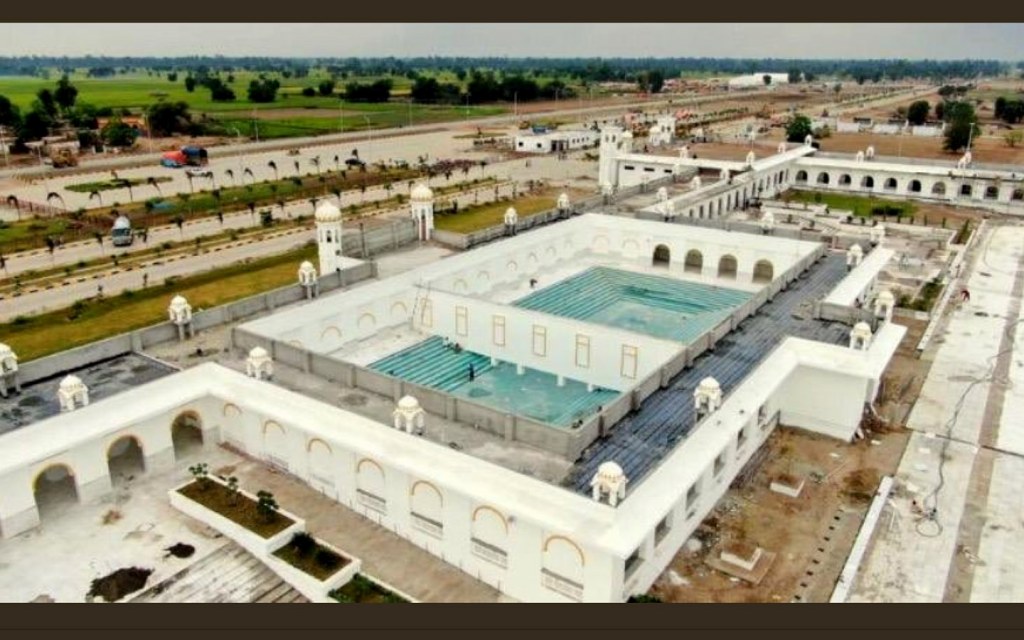REVIVING RELIGIOUS TOURISM IN PAKISTAN
REVIVING RELIGIOUS TOURISM IN PAKISTAN:
Pakistan is home to a large number of ethnicities, cultural festivals, religious sites, and languages. This diversity is what gives the country its uniqueness—rooted in centuries of settlements by nations who passed these regions. The settlers came and developed their places of worship, got the locals accustomed to their rituals, and have over the decades contributed to the many cultural flavors that are celebrated under the umbrella of being Pakistani. You will see a number of festivities all year round such as Holi, Christmas, Easter, Diwali, and the likes, being celebrated alongside Eids. This eclectic mix of festivities is something that has been enshrined in the very ethos of Pakistan.

This is a sacred place for Sikhs as the founder of Sikhism, Baba Guru Nanak developed the first commune here in the year 1504. To cater to the Sikh community in India and Pakistan, on 9th November 2019 Prime Minister Imran Khan launched this corridor. Under this, the Sikhs coming from India are allowed visa-free entry to Kartarpur, and the motel facilities also allow for them to stay here as well.
- Urdwara Panja Sahib

This gurdwara is located in Hasan Abdal, in Punjab. As the name implies, it is famous for its hand imprint, which belongs to Guru Nanak. The Gurdwara was named Panja Sahib by Hari Singh Nalwa, a famous Sikh general, who is also believed to have built the first gurdwara here. It is one of the three holiest sites in Sikhism, after Nankana Sahib in Sheikhupura, and the Golden Temple in India. During April, Sikhs from all over the world come here to celebrate the birth of Khalsa, purity.
- Katas Raj Temples

The Shri Katas Raj Temples is a complex of several temples, connected by walkways in Kallar Kahar, Punjab. Combined, these are also called Qila Katas. The temple complex surrounds a pond, Katas, which is regarded as sacred by Hindus. Many believe that it was created from the teardrops of Shiva as he wandered across the world, after the death of his wife, Sati.
Apart from the story of Shiva, a number of prominent traditions have been linked with these temples. The area around Katas Raj holds special significance for the Hindus, as a number of springs in this region carry tales that have religious importance.
- Badshahi mosque:
The Badshahi Mosque was constructed by the Mughal emperor Aurangzeb between 1671 and 1673 and was the largest mosque in the world from 1673 to 1986. The mosque is an important example of Mughal architecture, with an exterior that is decorated with carved red sandstone with marble inlay.



Comments
Post a Comment